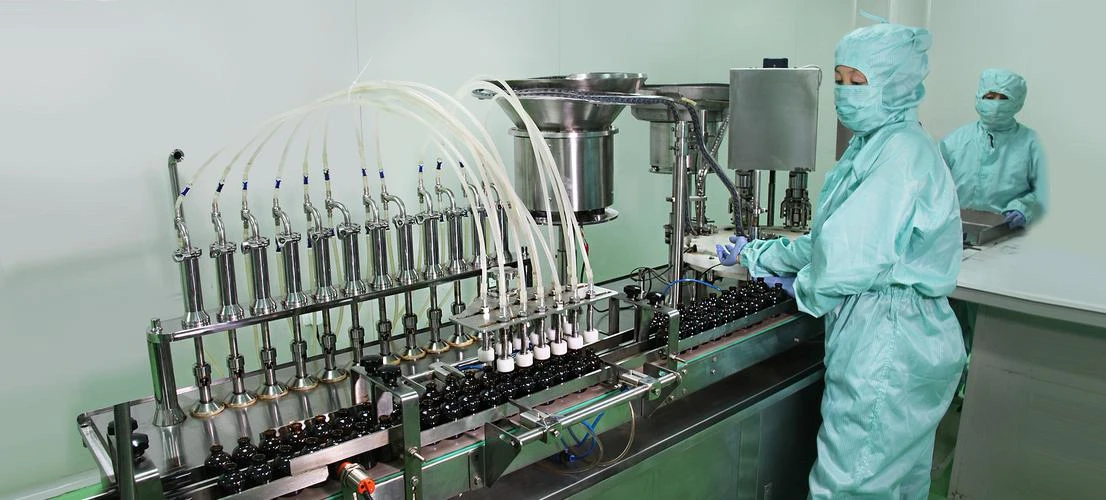- Afrikaans
- Albanian
- Amharic
- Arabic
- Armenian
- Azerbaijani
- Basque
- Belarusian
- Bengali
- Bosnian
- Bulgarian
- Catalan
- Cebuano
- Corsican
- Croatian
- Czech
- Danish
- Dutch
- English
- Esperanto
- Estonian
- Finnish
- French
- Frisian
- Galician
- Georgian
- German
- Greek
- Gujarati
- Haitian Creole
- hausa
- hawaiian
- Hebrew
- Hindi
- Miao
- Hungarian
- Icelandic
- igbo
- Indonesian
- irish
- Italian
- Japanese
- Javanese
- Kannada
- kazakh
- Khmer
- Rwandese
- Korean
- Kurdish
- Kyrgyz
- Lao
- Latin
- Latvian
- Lithuanian
- Luxembourgish
- Macedonian
- Malgashi
- Malay
- Malayalam
- Maltese
- Maori
- Marathi
- Mongolian
- Myanmar
- Nepali
- Norwegian
- Norwegian
- Occitan
- Pashto
- Persian
- Polish
- Portuguese
- Punjabi
- Romanian
- Russian
- Samoan
- Scottish Gaelic
- Serbian
- Sesotho
- Shona
- Sindhi
- Sinhala
- Slovak
- Slovenian
- Somali
- Spanish
- Sundanese
- Swahili
- Swedish
- Tagalog
- Tajik
- Tamil
- Tatar
- Telugu
- Thai
- Turkish
- Turkmen
- Ukrainian
- Urdu
- Uighur
- Uzbek
- Vietnamese
- Welsh
- Bantu
- Yiddish
- Yoruba
- Zulu
Nov . 29, 2024 10:50 Back to list
Exploring the Applications and Benefits of Colistin Sulfate Salt in Medicine and Agriculture
Colistin Sulfate Salt A Comprehensive Overview
Colistin sulfate salt, often simply referred to as colistin, is an antibiotic that belongs to the polymyxin class of drugs. Its primary role has been in the treatment of various bacterial infections, particularly those caused by Gram-negative bacteria. With the rise of antibiotic resistance, colistin has garnered renewed interest in both clinical and research settings as a last-resort antibiotic.
Colistin is derived from the bacterium *Bacillus polymyxa*, which was first isolated in the 1940s. It demonstrated remarkable efficacy against several difficult-to-treat pathogens, including *Pseudomonas aeruginosa*, *Acinetobacter baumannii*, and various strains of Klebsiella. The unique mechanism of action of colistin involves disrupting the bacterial cell membrane, leading to cell death. It achieves this by binding to the lipopolysaccharides (LPS) present in the outer membrane of Gram-negative bacteria, a process that compromises membrane integrity.
Despite its potent antibacterial properties, the use of colistin has been somewhat restricted due to concerns regarding toxicity. The most notable adverse effects are nephrotoxicity and neurotoxicity, which can limit its therapeutic usage. Clinicians must carefully weigh the benefits against potential risks, particularly in vulnerable populations such as the elderly or those with pre-existing kidney conditions. Consequently, monitoring renal function during colistin therapy is critical to minimize harmful effects.
The resurgence of interest in colistin is largely attributed to the alarming rise of multi-drug resistant (MDR) bacteria. Infections caused by MDR pathogens pose a significant challenge to healthcare providers worldwide, and colistin has emerged as a key option in treating these infections. It is essential to recognize, however, that reliance on colistin can also contribute to the development of further resistance. Consequently, usage should be judicious and ideally guided by susceptibility testing.
colistin sulfate salt

Colistin sulfate salt is not only significant in human medicine; it has also been widely used in veterinary medicine, particularly in the agricultural sector. It is commonly employed as a growth promoter in livestock, improving feed conversion rates and overall animal health. However, this practice has raised concerns regarding its impact on public health, particularly as it relates to the development of antibiotic-resistant bacteria. Efforts are underway in various countries to limit the use of colistin in agriculture, recognizing that reducing unnecessary antibiotic use in livestock can play a vital role in combating the rise of resistance.
The emergence of mobile colistin resistance (mcr) genes is another troubling aspect of colistin usage. These genes can be transferred between bacteria, complicating treatment scenarios further. Studies have identified various mcr variants in Gram-negative bacteria, indicating that colistin resistance may become increasingly prevalent. Thus, ongoing surveillance and research are crucial to understand the dynamics of resistance and to inform public health policies.
In research settings, colistin sulfate salt is being studied not only for its antibacterial properties but also for its potential role in treating other conditions
. Investigations into its anti-inflammatory effects and interactions with the immune system are ongoing, with some promising results suggesting additional therapeutic applications.In summary, colistin sulfate salt plays a critical role in the fight against severe bacterial infections, particularly those caused by resistant strains. However, its use comes with significant considerations regarding toxicity and the potential for resistance development. As antibiotic resistance continues to pose a formidable global health challenge, a balanced approach that includes prudent use of colistin, rigorous surveillance of resistance patterns, and ongoing research into alternative therapies is essential for ensuring effective treatments for future generations. It is imperative for the medical community, policymakers, and the public to collaborate in efforts to manage this vital resource wisely.
-
Guide to Oxytetracycline Injection
NewsMar.27,2025
-
Guide to Colistin Sulphate
NewsMar.27,2025
-
Gentamicin Sulfate: Uses, Price, And Key Information
NewsMar.27,2025
-
Enrofloxacin Injection: Uses, Price, And Supplier Information
NewsMar.27,2025
-
Dexamethasone Sodium Phosphate Injection: Uses, Price, And Key Information
NewsMar.27,2025
-
Albendazole Tablet: Uses, Dosage, Cost, And Key Information
NewsMar.27,2025













